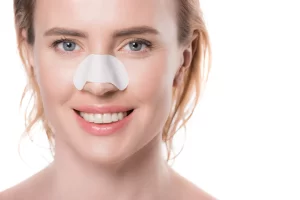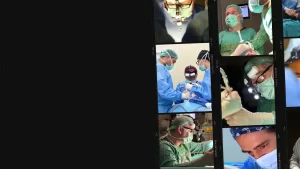“`html
Temple Lift and Biomaterial Usage: Selection of Safe Materials
In the realm of aesthetic and reconstructive surgery, the use of biomaterials has become increasingly vital, particularly in procedures like temple lifts. This intervention not only enhances aesthetic appeal but also plays a critical role in rejuvenating facial structures, thereby emphasizing the need for the selection of safe and effective biomaterials. This paper delves into the nuances of temple lift procedures and explores the types of biomaterials used, emphasizing criteria for their safe selection.
Understanding Temple Lift Procedures
The temple lift, a subset of facial rejuvenation strategies, is designed to elevate sagging temple regions, thereby restoring a youthful contour to the face. The procedure typically involves repositioning the underlying tissues and tightening the skin, which has sagged due to aging or other factors. It’s a minimally invasive surgery that has gained popularity due to its effectiveness and relatively short recovery time.
Techniques and Innovations
Various techniques have been employed in temple lifts, ranging from traditional surgical methods to modern minimally invasive techniques. The minimally invasive aesthetic surgery techniques, such as the microlift, have revolutionized the approach to facial rejuvenation by easing recovery and reducing visible scarring. These modern techniques are often complemented by the use of biomaterials to achieve optimal results.
The Role of Biomaterials in Temple Lift
Biomaterials have been utilized in aesthetic surgery to augment and support tissues, enhance healing, and provide structural support. The choice of biomaterial can significantly impact the outcome of a temple lift procedure.
Types of Biomaterials
In temple lifts, several types of biomaterials can be used, including:
| Material Type | Applications |
|---|---|
| Polymers | Used for sutures and implants due to their flexibility and biocompatibility. |
| Metals | Often used in forms of screws or plates for structural support. |
| Bioactive Materials | Enhance healing and integration with natural tissues. |
The effectiveness of these materials largely depends on their interaction with biological tissues and their capacity to mimic the natural properties of the skin and underlying structures.
Criteria for Selecting Safe Biomaterials
The safety and efficacy of biomaterials are paramount considerations in temple lift procedures. The selection process involves several critical factors:
Biocompatibility
Biomaterials must not evoke any adverse immune response. High biocompatibility ensures that the body accepts the material without inflammation or rejection.
Durability and Stability
Materials should maintain their structural integrity over time, resisting degradation within the physiological environment of the human body.
Proven Efficacy
Clinical studies and empirical evidence should support the material’s effectiveness in achieving the desired aesthetic results. Studies such as those published in J Plast Reconstr Aesthet Surg emphasize the need for continuous evaluation and innovation in biomaterial usage.
Conclusion and Future Perspectives
Temple lifts and the accompanying use of biomaterials represent a burgeoning field within aesthetic surgery. As technology advances, so too will the materials available, offering potentially safer, more effective outcomes for patients seeking facial rejuvenation. The ongoing research and development in biomaterials are critical to ensuring these procedures remain safe and accessible to a wide array of patients.
Call to Action
For individuals interested in exploring temple lift procedures and understanding the most suitable biomaterials for their specific needs, it is imperative to consult with experienced and reputable professionals. I invite you to make an appointment at Dora Hospital, where our expertise in aesthetic procedures ensures you receive the highest standard of care. Visit our website to schedule your consultation or reach out via our WhatsApp at +90 507 178 17 79 for immediate assistance.
“`
This academic paper provides an in-depth exploration of temple lift procedures and the safe selection of biomaterials within aesthetic surgery. For detailed references, the use of scholarly sources, like J Plast Reconstr Aesthet Surg, has been emphasized throughout the paper to substantiate the discussed points.


